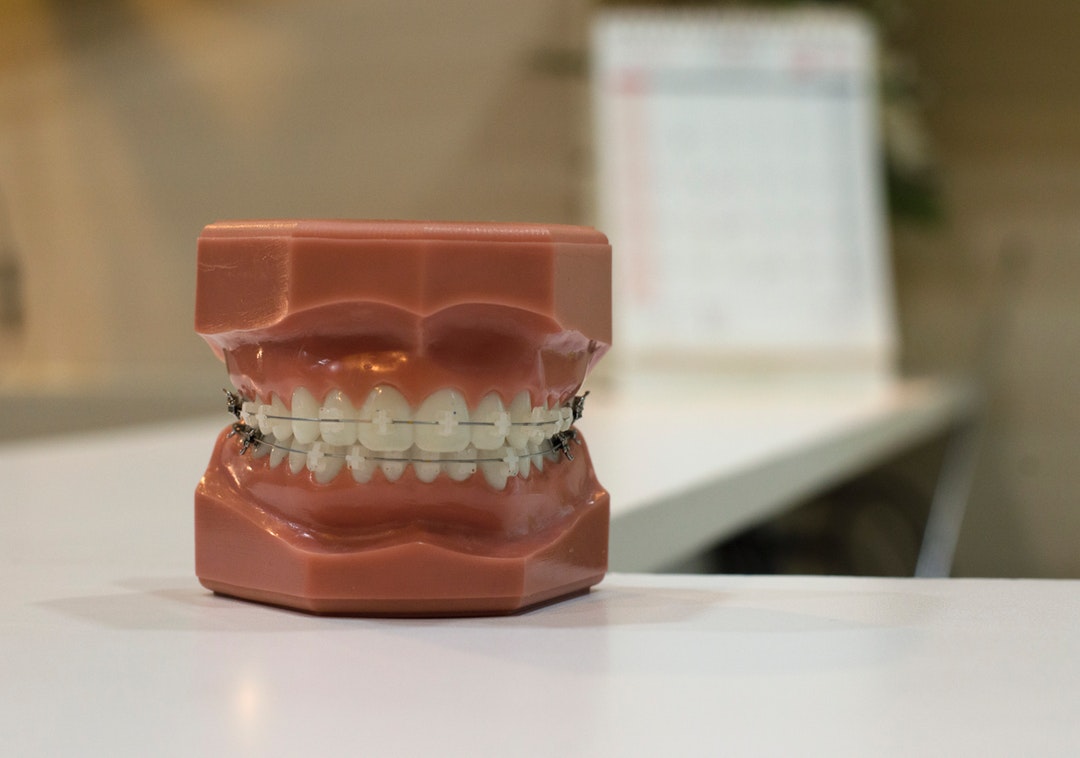Did you know that more than six in 10 US adults suffer from a bite problem? Or that up to 15% of them have severe bite issues that hinder optimal mouth functions?
That’s right!
It’s no wonder then that the popularity of adult braces in North America has skyrocketed. In fact, there was a 16% increase in adults who sought teeth straightening options from 2012 and 2014! That translates to more than 1.44 million teeth straightening patients.
That said, if you’ve ever thought that braces are only for kids, now’s the time to forget about that myth. It’s never too late to get your biters straight. This won’t only give you a more dazzling smile — it’ll also boost your overall oral health.
The big question here is, what are your options when it comes to teeth straightening? Which orthodontic appliance would best work on your misaligned teeth or bite?
You’ll find out all the answers to these questions in this post, so read on!
Table of Contents
Traditional Metal Braces
Traditional braces are teeth straighteners consisting of metal brackets and wires. The dentist bonds a metal bracket on the surface of each tooth and passes a single metal wire through them. Ligatures or elastics secure these parts together.
Once bonded, all these parts work by placing pressure on the teeth to move them. This pressure opens up the membrane under the gums so that the teeth can move. That’s why during the first weeks of placement, you may feel a bit of discomfort.
After a few weeks though, the pressure lightens up and the tension becomes a little slacker. At this point, the dentist needs to adjust and tighten the ligatures to increase the pressure. At the very least, these adjustments should take place at least once a month.
Recent research found that the average length of treatment time for fixed braces is 19.9 months. However, this can extend to almost 25 months, depending on the type of malocclusion.
Self-Litigating Metal Braces
Self-litigating metal braces are also fixed appliances, but they require fewer dentist’s adjustments. The metal brackets have a built-in spring-loaded mechanism that maintains pressure. Instead of ligatures, the spring-loaded door keeps the archwires under constant pressure.
Because the braces “litigate” on their own, there’s no longer a need for manual tightening. Also, self-litigating braces appear to be less uncomfortable and painful than traditional braces. Their treatment time, however, take as long (or sometimes longer) than traditional braces.
Clear Braces
Clear braces work the same way as traditional metal braces. They also use brackets and wires that the dentist needs to adjust at least every month. Instead of using metal though, these teeth straighteners use tooth-colored or clear materials.
Lingual Braces
Lingual braces are also fixed teeth straighteners, but they go behind the teeth. That makes them more discreet than traditional or self-litigating braces.
However, this placement of lingual braces makes it more interfering though. Especially when it comes to speech, as the tongue is more likely to hit the brackets and wires. In fact, a study found that lingual braces can affect a patient’s way of speaking for one month or longer!
Granted, lingual braces are as effective as traditional braces. Also, they have the advantage of being discreet. But if you want discreet without worrying about a lisp, you may want to go with clear aligners.
The Invisalign System
The Invisalign system consists of see-through (almost invisible) removable trays or “aligners”. They’re made of a patented material called “SmartTrack”. It’s this material that makes it transparent and malleable.
When you go in for an Invisalign assessment, the doctor will take a 3D scan of your mouth. This will capture the structure of the inside of your mouth in detail. The 3D images will be far clearer and more accurate than those made from “goop”, or dental molds.
The 3D images will even let you see what your teeth will look like after the treatment!
Also, in most cases, Invisalign doctors only have to take the 3D scan once. After that, they can already procure replacement Invisalign trays.
And like traditional braces, Invisalign can also fix crooked and gapped teeth. It can also correct overcrowded teeth, underbites, and overbites.
Invisalign trays are removable and are custom-made based on your teeth’s current alignment. You’ll receive a new set of replacement aligners every two weeks or so. Just pick them up from your Invisalign provider and pop them in — it’s as easy as that.
Note that every time you wear replacement aligners for the first time, they’ll feel a little snug. That’s because they’re made to be a little “tighter” than your last pair. This change in tray size is to account for the movement that your teeth have already gone through.
The average treatment time with Invisalign ranges from six to 12 months. This is for minor teeth crookedness or misaligned bites. For more complex cases, treatment can take up to 18 months.
You can visit this website to learn more about the Invisalign system and if you’re a good candidate.
Explore All Your Top Teeth Straightening Options Now
There you have it, your primer to the top teeth straightening options you have. Now that you know more about these orthodontic options, you‘ll find it easier to narrow down your choices.
Don’t worry if you’re still on the fence, as reliable dentists will first give you a thorough dental checkup. This will help them determine which teeth straightener is really the best one for you.
Looking for more even insider tips on how to boost your health, inside and out? Then be sure to bookmark our site so you can keep yourself in the loop of our latest health guides!



















